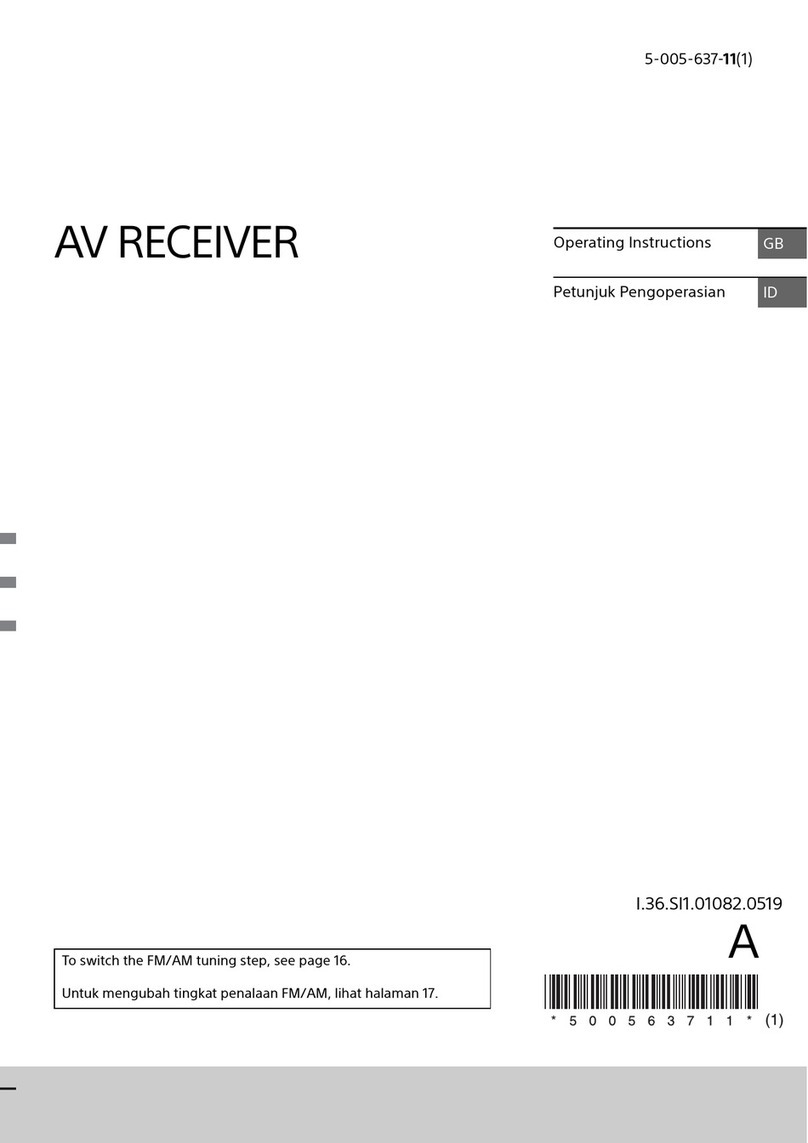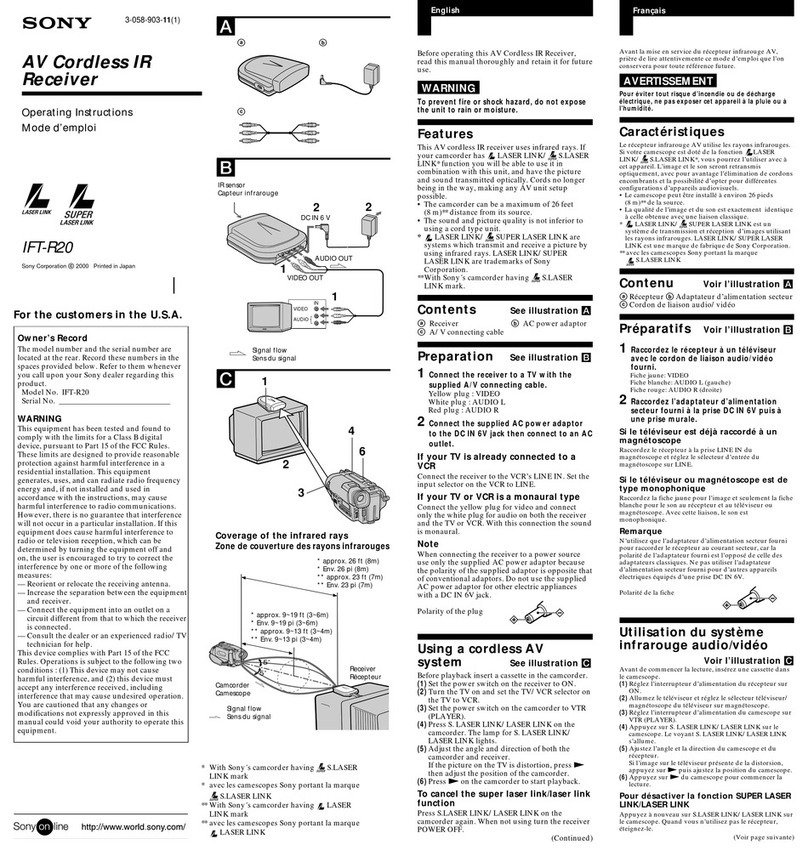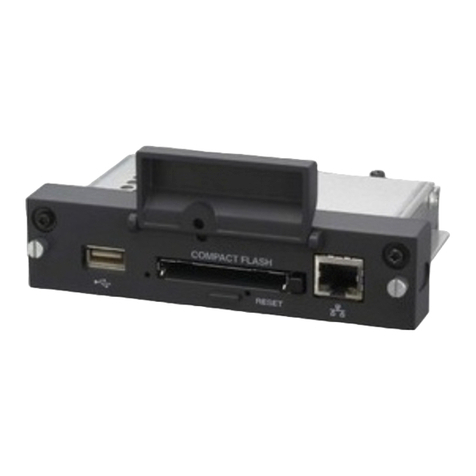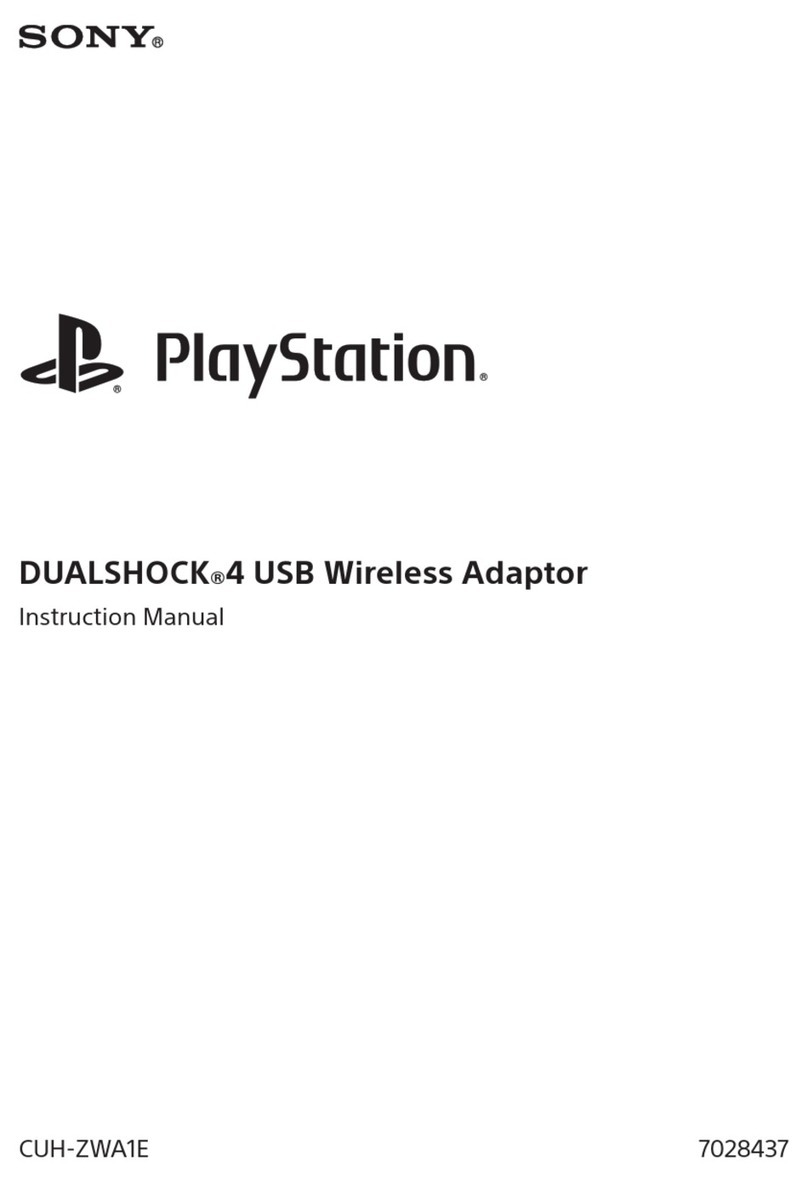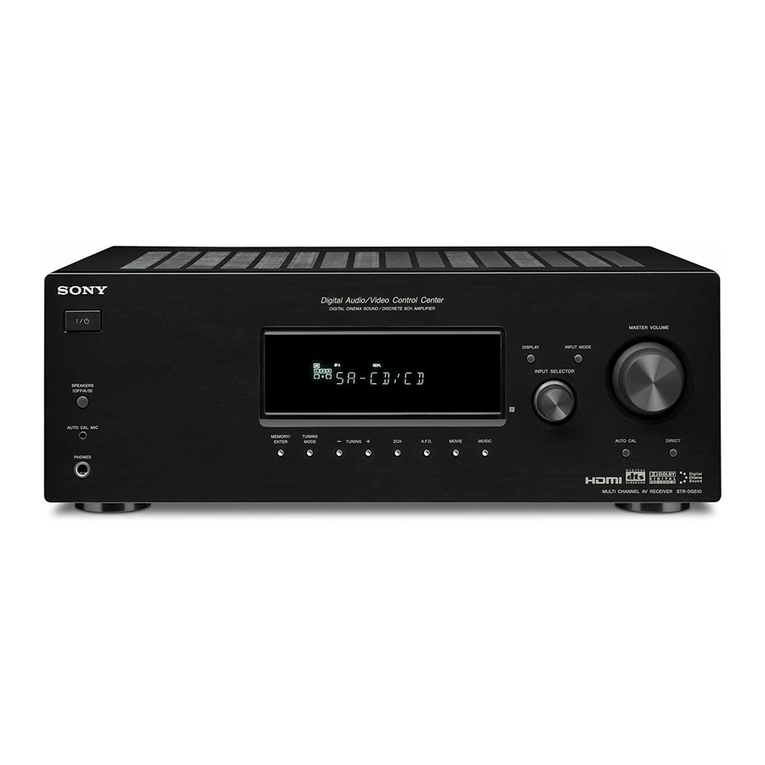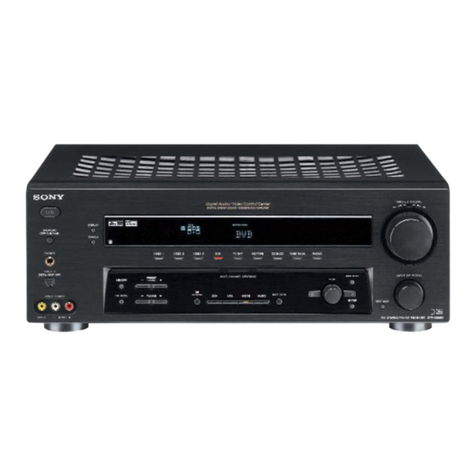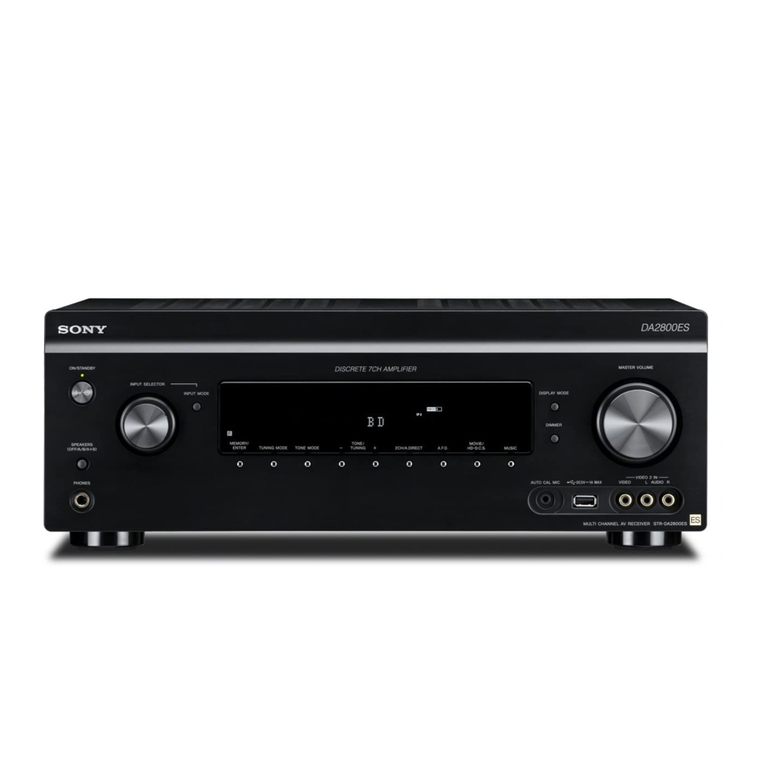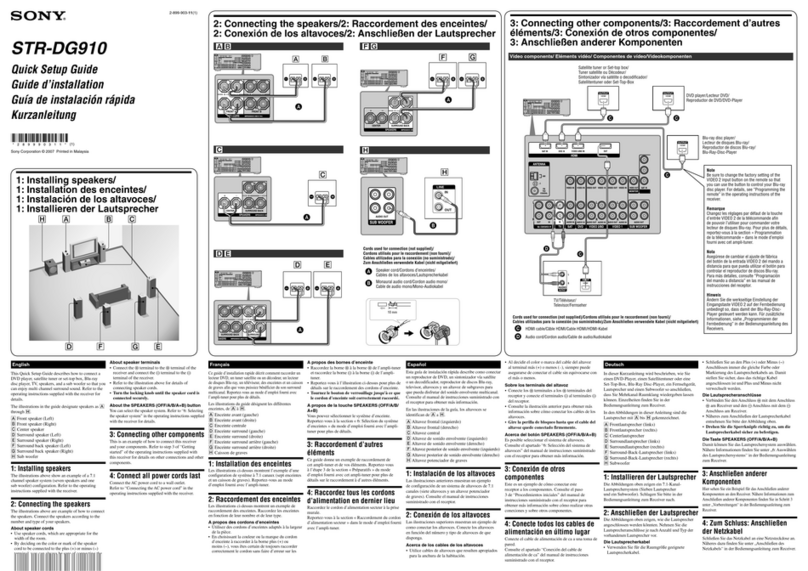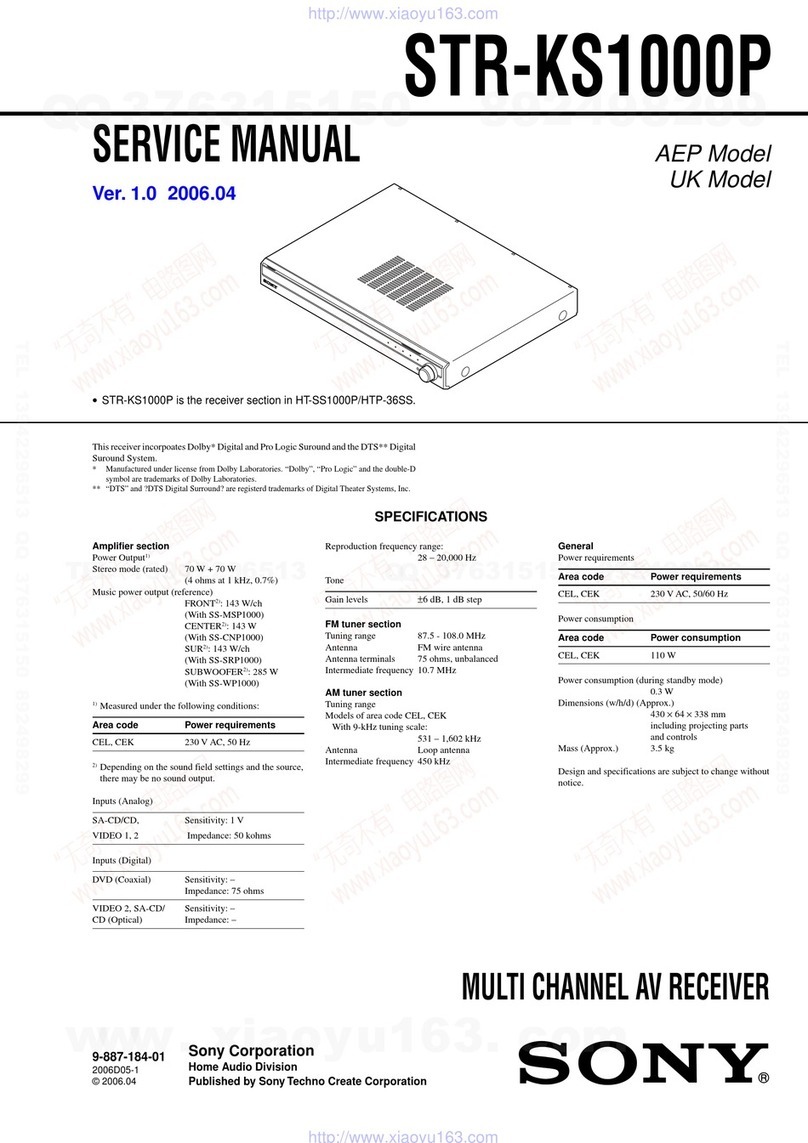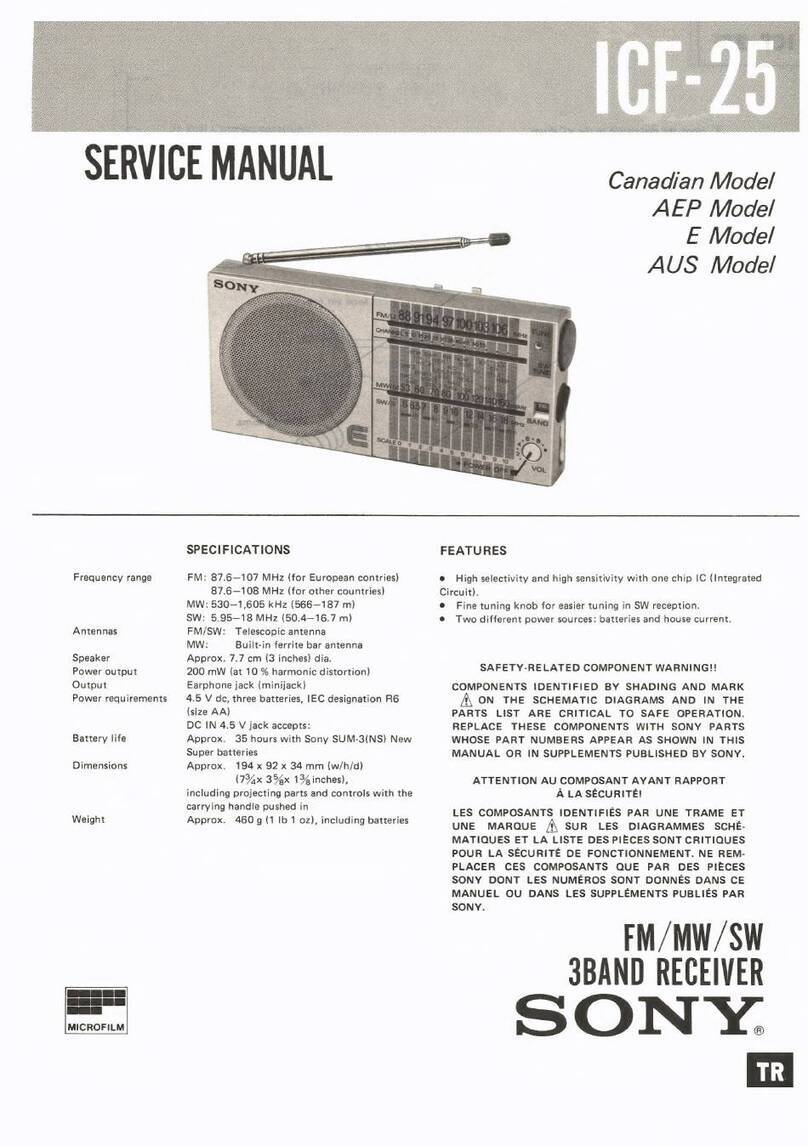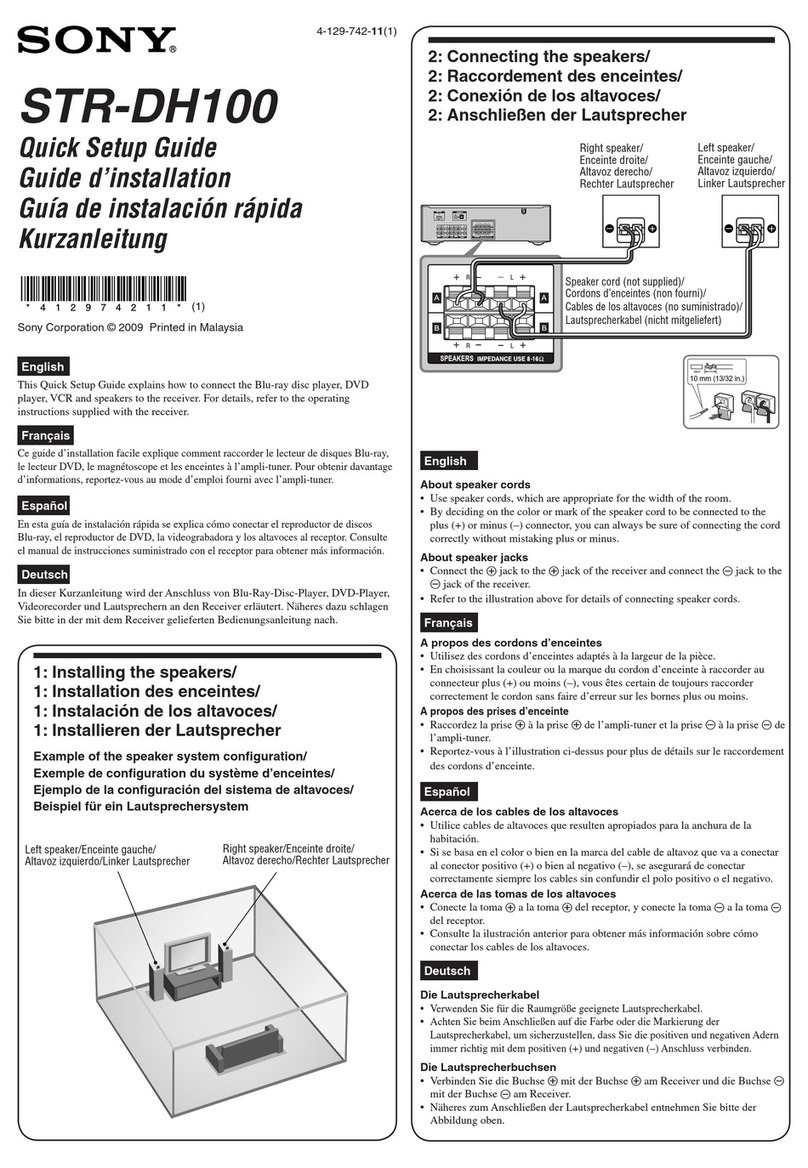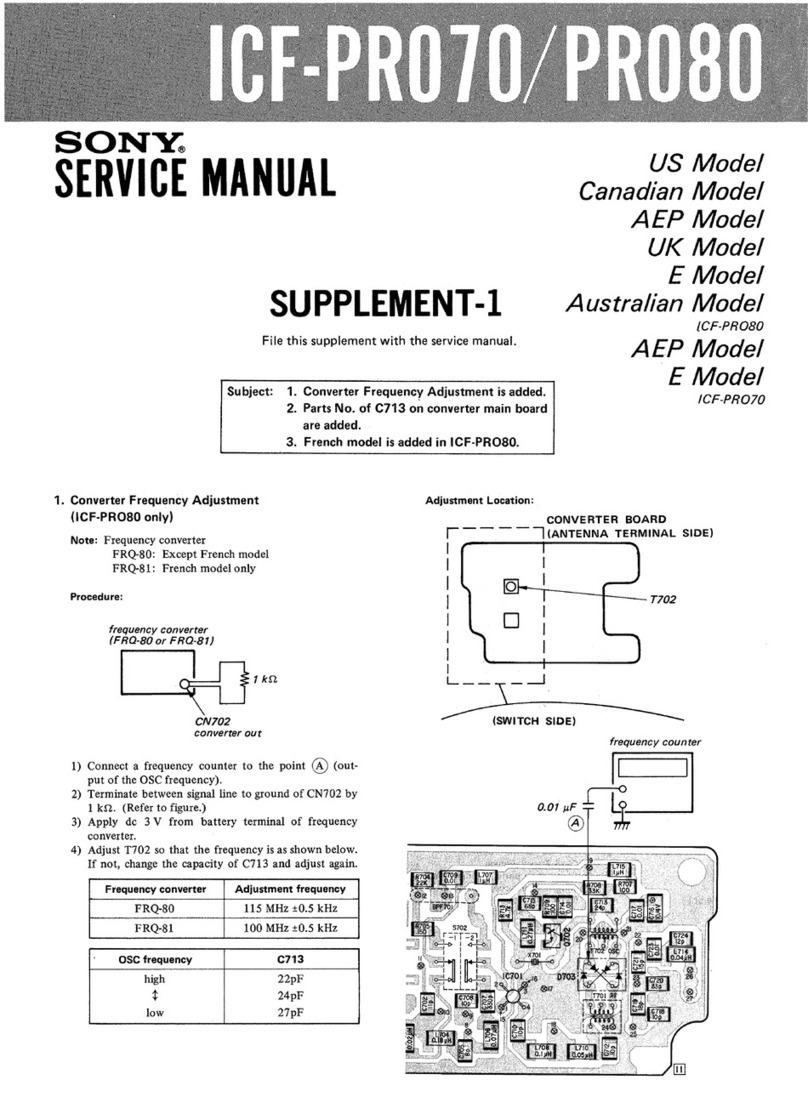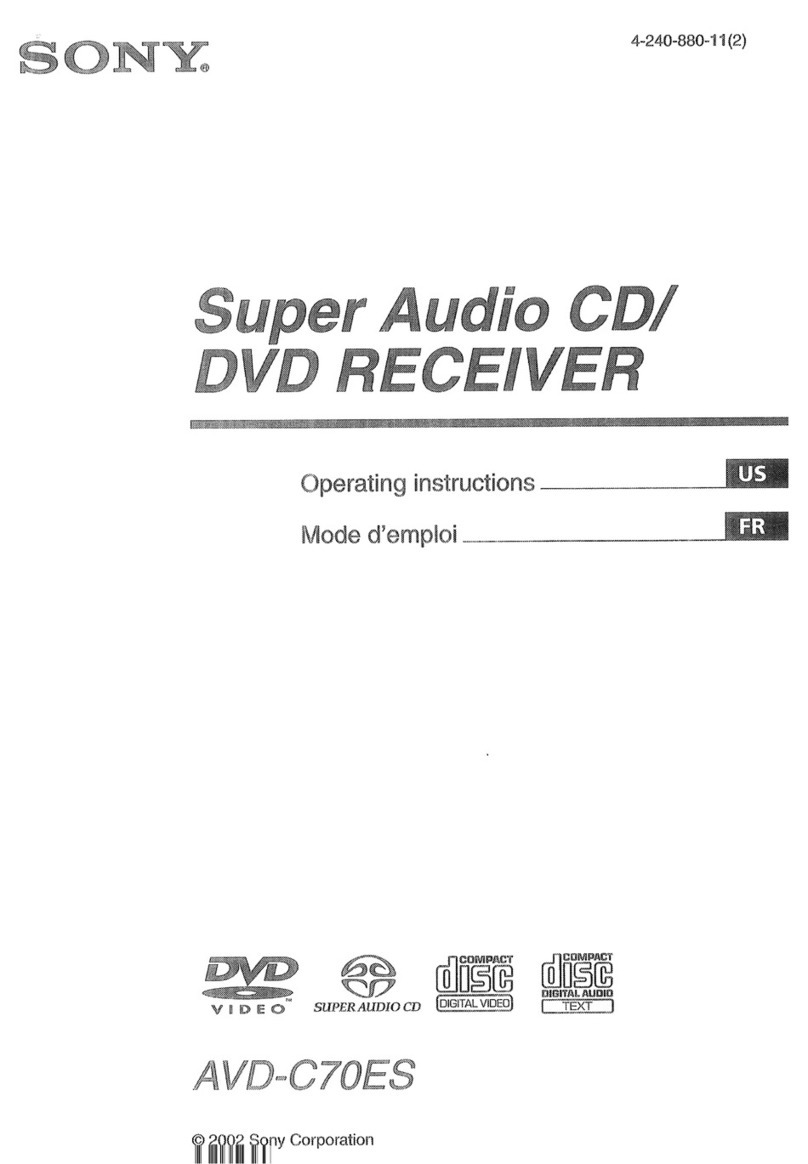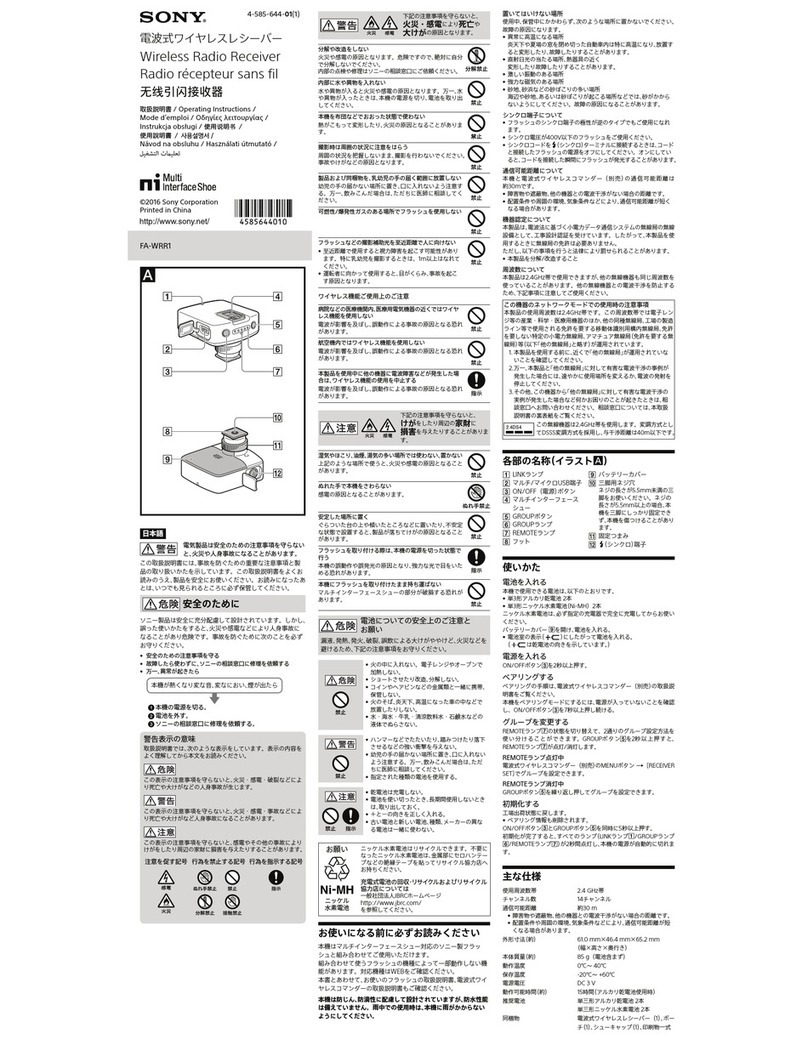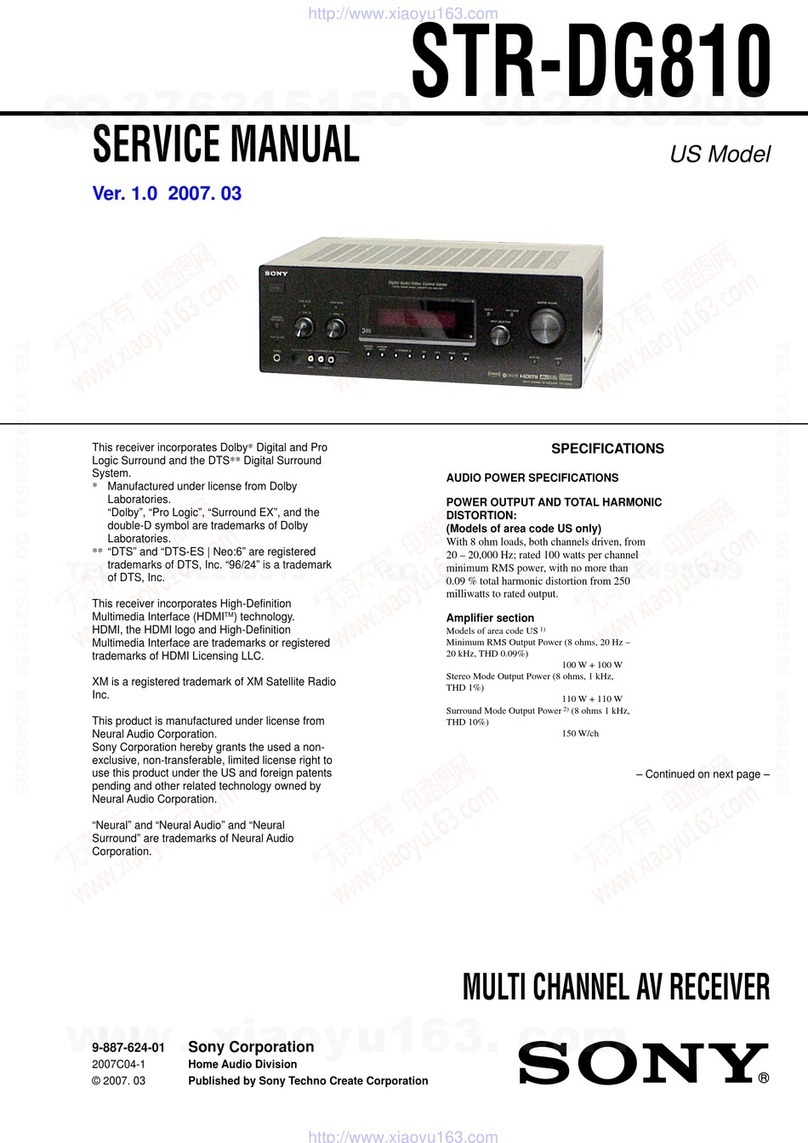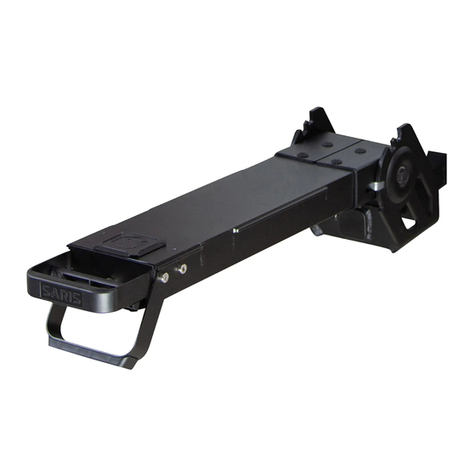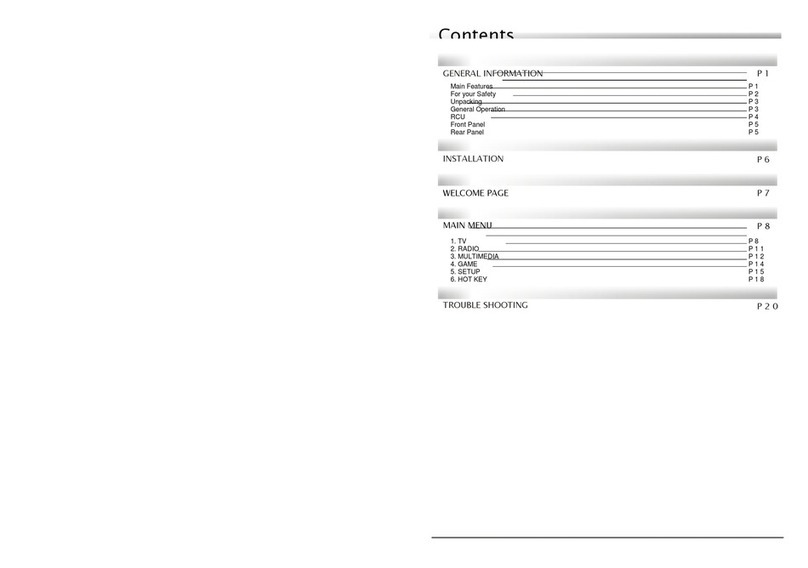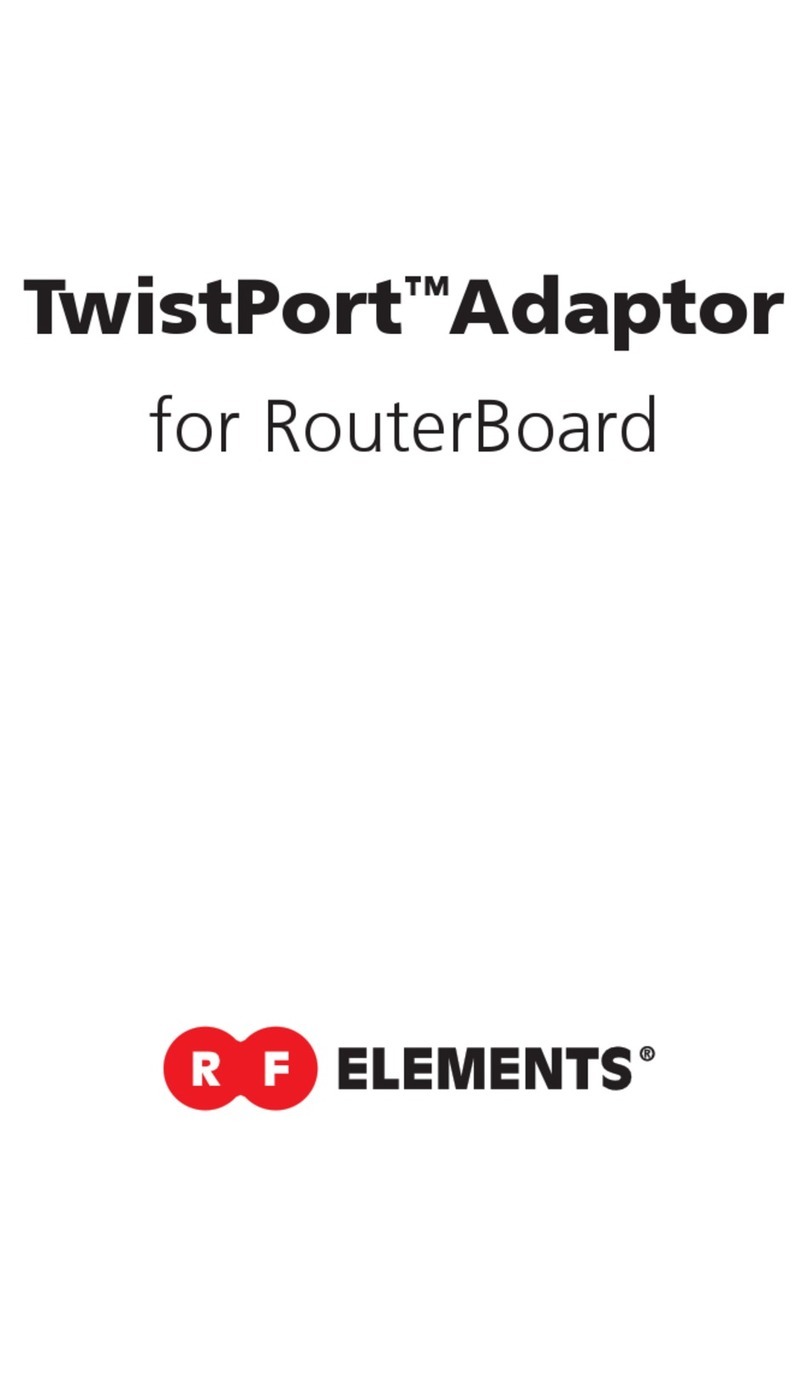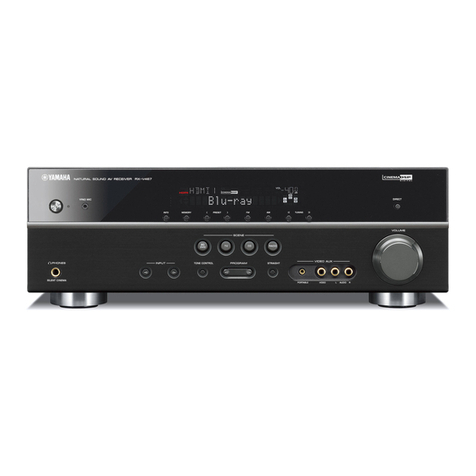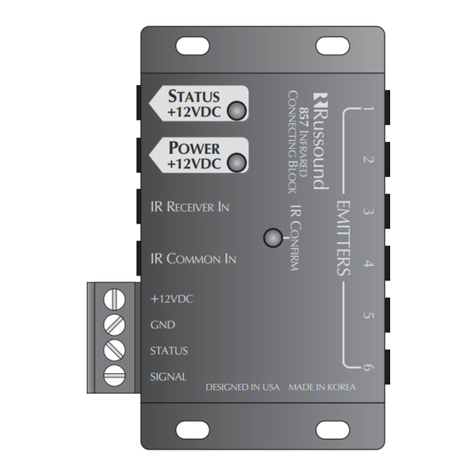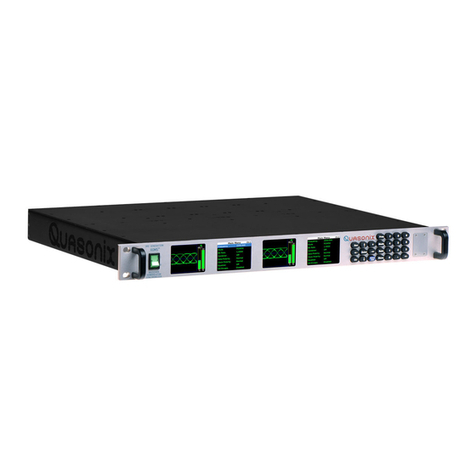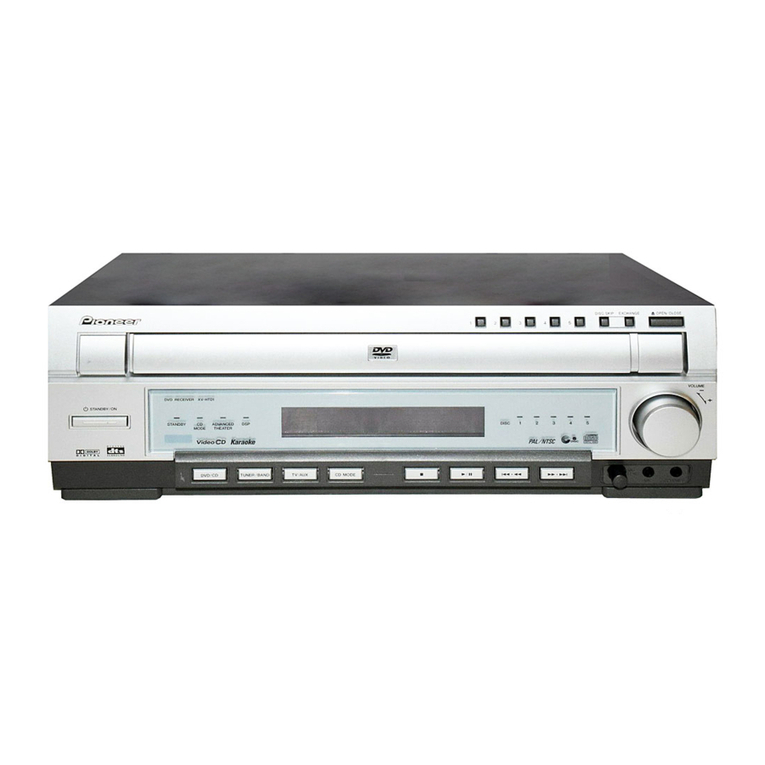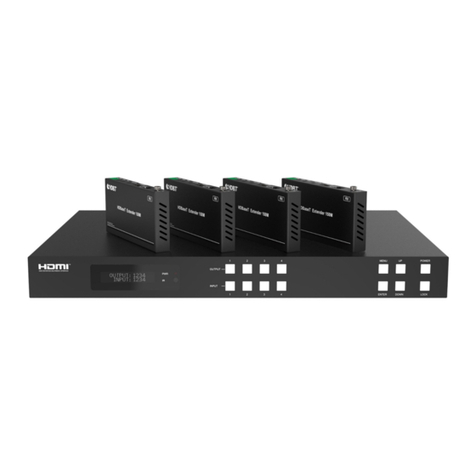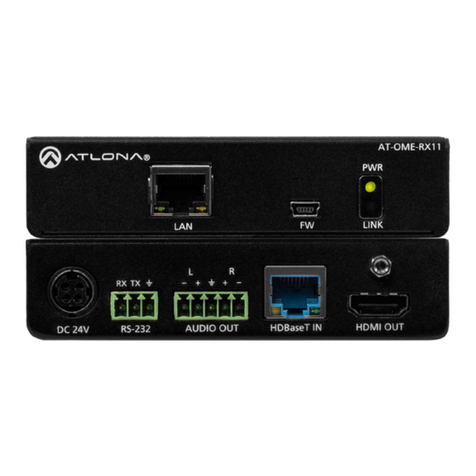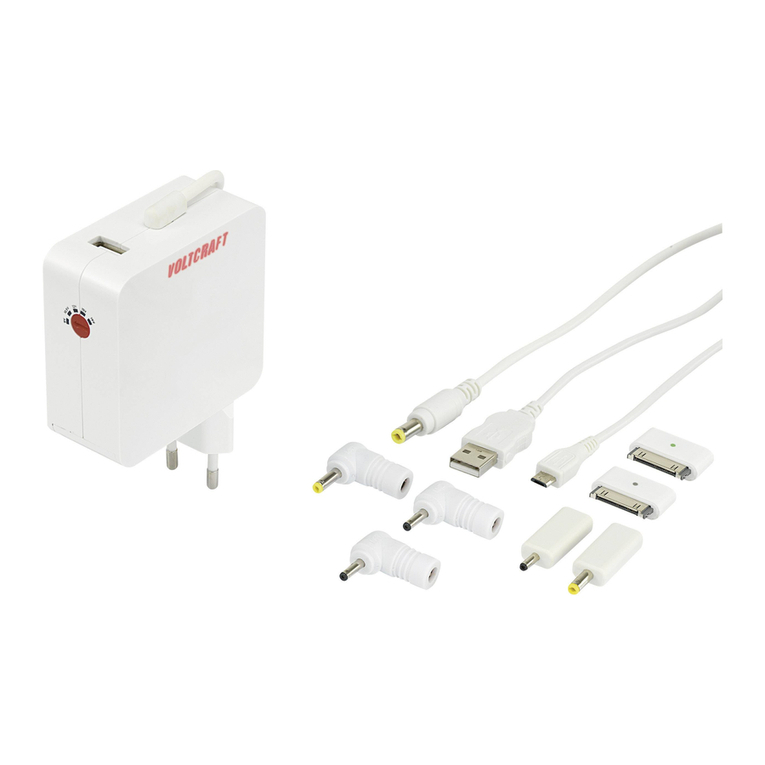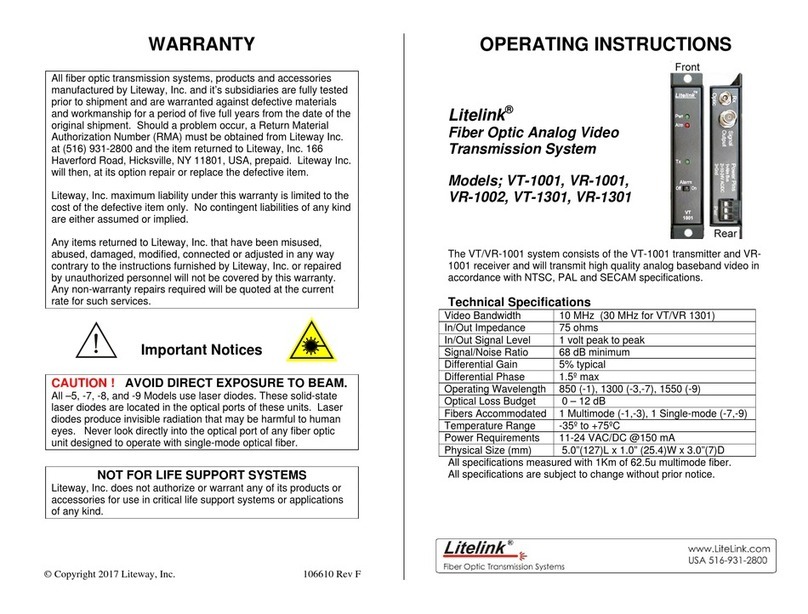
3
HCD-M80
1. SERVICING NOTES ............................................... 4
2. GENERAL ................................................................... 5
3. DISASSEMBLY
3-1. Disassembly Flow ........................................................... 6
3-2. Panel (Side) (L), Panel (Side) (R) .................................. 7
3-3. Top Panel Section............................................................ 7
3-4. Mechanical Deck (Tape) ................................................. 8
3-5. Front Panel Section ......................................................... 8
3-6. Back Panel Assy .............................................................. 9
3-7. MAIN Board ................................................................... 9
3-8. CD Mechanism Deck (CDM55G-30BD62) ................... 10
3-9. BU Holder Section .......................................................... 10
3-10. BASE Unit (BU-30BD62) .............................................. 11
3-11. LOADING Board ............................................................ 11
3-12. CAM (CDM55) ............................................................... 12
4. TEST MODE.............................................................. 13
5. ELECTRICAL ADJUSTMENTS
CD Section ...................................................................... 14
Video Section .................................................................. 15
Deck Section ................................................................... 15
6. DIAGRAMS
6-1. Block Diagram – CD SERVO Section – ....................... 16
6-2. Block Diagram – AUDIO/VIDEO CD Section –.......... 17
6-3. Block Diagram – TUNER/TAPE DECK Section – ...... 18
6-4. Block Diagram – MAIN Section – ................................ 19
6-5. Block Diagram
– KEY CONTROL/POWER SUPPLY Section –........... 20
6-6. Note for Printed Wiring Boards and
Schematic Diagrams ....................................................... 21
6-7. Printed Wiring Board – BD Board – ............................. 22
6-8. Schematic Diagram – BD Board – ................................ 23
6-9. Printed Wiring Board – TC Board –.............................. 24
6-10. Schematic Diagram – TC Board –................................. 25
6-11. Schematic Diagram – VMP Board (1/2) – .................... 26
6-12. Schematic Diagram – VMP Board (2/2) – .................... 27
6-13. Printed Wiring Board – VMP Board – .......................... 28
6-14. Printed Wiring Boards – MAIN/JACK Boards – .......... 29
6-15. Schematic Diagram – MAIN Board (1/2) – .................. 30
6-16. Schematic Diagram
– MAIN (2/2)/JACK Boards –....................................... 31
6-17. Printed Wiring Boards
– CONTROL/LOADING/VIDEO Boards – .................. 32
6-18. Schematic Diagram
– CONTROL/LOADING/VIDEO Boards – .................. 33
6-19. Printed Wiring Board – SWITCH Board – ................... 34
6-20. Schematic Diagram – SWITCH Board – ...................... 35
6-21. Printed Wiring Board – POWER Board – ..................... 36
6-22. Schematic Diagram – POWER Board –........................ 37
6-23. IC Pin Function Description ........................................... 44
TABLE OF CONTENTS
7. EXPLODED VIEWS
7-1. Panel (Side) Section ........................................................ 52
7-2. Front Panel Section ......................................................... 53
7-3. Top Panel Section............................................................ 54
7-4. Chassis Section-1 ............................................................ 55
7-5. Chassis Section-2 ............................................................ 56
7-6. Chassis Section-3 ............................................................ 57
7-7. CD Mechanism Deck (CDM55G-30BD62) ................... 58
7-8. Base Unit Section (BU-30BD62) ................................... 59
8. ELECTRICAL PARTS LIST ............................... 60
